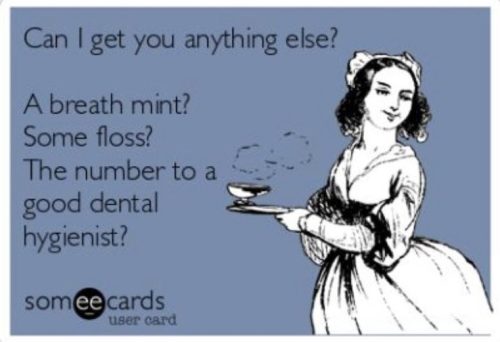Halitosis is a condition with unpleasant social and psychological impacts, described as the unpleasant odor of exhaled air, and is one of the most common concerns patients express to their dentists.
The foul oral odor can stem from factors directly related to the patient’s intraoral condition and from factors concerning the individual’s general habits and health, such as alcohol consumption, smoking, dietary habits, certain medications, diabetes, and gastrointestinal diseases.
Additionally, halitosis can result from underlying diseases such as rhinitis, sinusitis, tonsillitis, and infectious mononucleosis, making it a temporary condition in some cases. However, in the majority of cases, halitosis is caused by intraoral factors.
Due to the negative impact of bad breath on the patient’s quality of life, the dentist must investigate the intraoral factors responsible for its occurrence and inform patients about ways to manage it.
According to the literature, factors that contribute to halitosis include periodontal disease, gingivitis, dental caries, and the presence of tongue coating. The metabolic activity of microbes found in these conditions leads to the creation of certain byproducts detected in exhaled air, causing a foul odor.

To manage and prevent this unpleasant condition, patients with halitosis should adopt new habits that benefit their oral health, as recommended by their dentists.
The primary concern is visiting the dentist twice a year for dental cleaning (scaling), checking the intraoral condition, and receiving oral hygiene instructions.
The instructions include the correct brushing technique and the use of interdental cleaning tools and tongue cleaners.
Additionally, when recommended, the patient can use specific antimicrobial mouthwashes, which have been proven to reduce bad breath.
In selected cases, the use of probiotic supplements is also suggested.
Therefore, dental-related halitosis is a condition that can be prevented by eliminating contributing factors and managed effectively with proper cooperation and communication between the patient and the dentist.
Suggested Reading:
Bollen CM et al. Halitosis: the multidisciplinary approach. Int J Oral Sci. 2012 Jun;4(2):55-63.
Izidoro C et al. Revisiting Standard and Novel Therapeutic Approaches in Halitosis: A Review. Int J Environ Res Public Health. 2022 Sep 8;19(18):11303.


